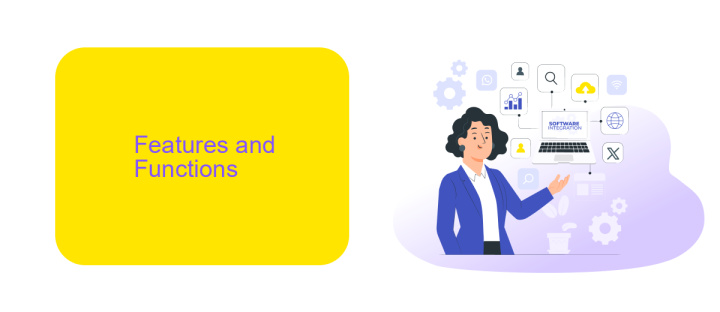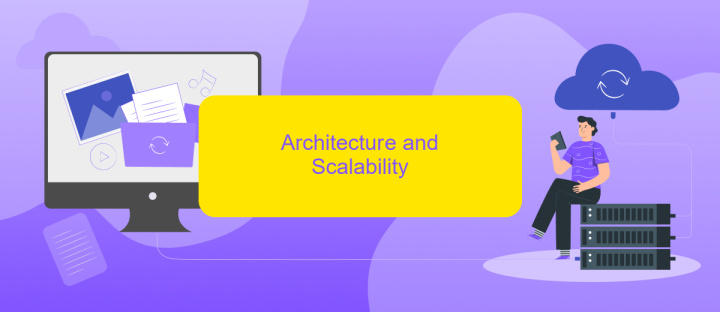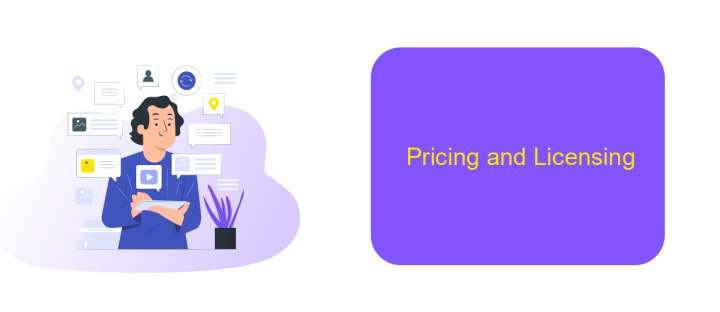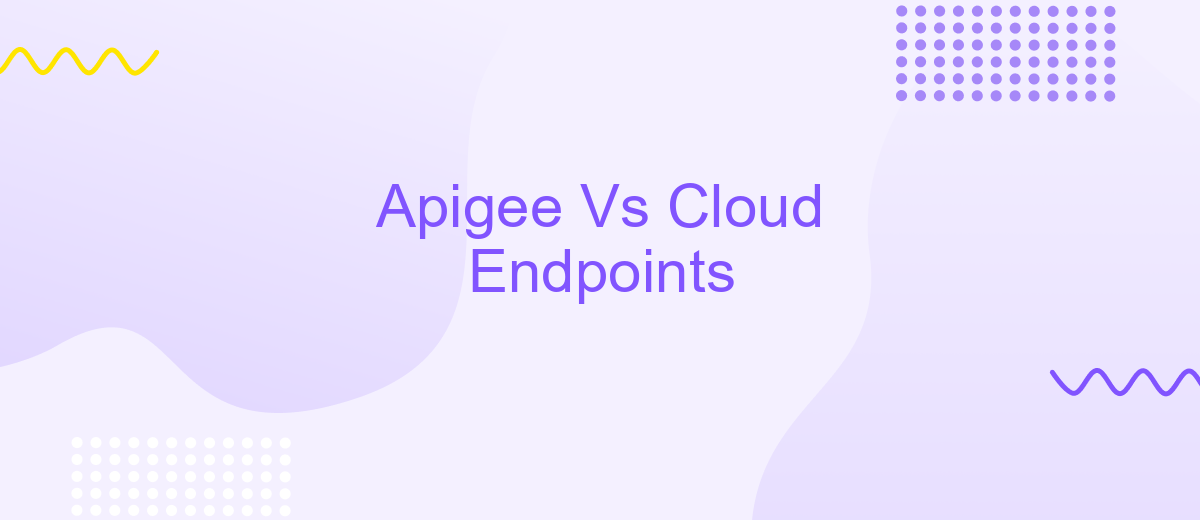Apigee Vs Cloud Endpoints
In the rapidly evolving landscape of API management, choosing the right platform is crucial for seamless integration and performance. This article delves into a comparative analysis of Apigee and Cloud Endpoints, two leading solutions in the market. By examining their features, capabilities, and use cases, we aim to provide insights that will help you make an informed decision for your API strategy.
Introduction
In the ever-evolving landscape of API management, selecting the right platform is crucial for businesses aiming to streamline their operations. Apigee and Cloud Endpoints are two prominent solutions that offer distinct features and benefits. Understanding the differences between these platforms can help organizations make informed decisions that align with their specific needs and goals.
- Apigee: A comprehensive API management tool by Google Cloud, known for its robust features and extensive capabilities.
- Cloud Endpoints: A scalable solution also from Google Cloud, designed for managing and deploying APIs with ease.
- ApiX-Drive: An integration service that simplifies the process of connecting various applications and automating workflows.
Both Apigee and Cloud Endpoints provide essential tools for API management, but they cater to different requirements and use cases. While Apigee offers a more extensive suite of features for complex API ecosystems, Cloud Endpoints focuses on simplicity and scalability. Additionally, tools like ApiX-Drive can complement these platforms by offering seamless integration capabilities, making it easier to connect and automate various services.
Features and Functions

Both Apigee and Cloud Endpoints offer robust features and functions tailored for API management and development. Apigee, a product of Google Cloud, provides a comprehensive suite of tools for API lifecycle management, including API design, security, analytics, and monetization. It supports RESTful and SOAP APIs and offers advanced features like traffic management, quotas, and rate limiting. Apigee's developer portal allows for easy onboarding and engagement with API consumers, making it a powerful solution for enterprises looking to scale their API programs.
On the other hand, Cloud Endpoints, also part of Google Cloud, is designed to be lightweight and seamlessly integrates with other Google Cloud services. It supports OpenAPI Specification and gRPC, providing essential features such as authentication, monitoring, and logging. While it may not offer the extensive capabilities of Apigee, it is ideal for developers looking for a straightforward, cost-effective way to manage APIs. For those looking to enhance their API integration capabilities further, services like ApiX-Drive can be leveraged to automate data flows between various applications and services, simplifying the integration process and boosting productivity.
Architecture and Scalability

When comparing Apigee and Cloud Endpoints, it is essential to consider their architecture and scalability. Apigee, a full-featured API management platform, provides a robust infrastructure capable of handling high traffic loads. It offers advanced analytics, developer portals, and comprehensive security features, making it suitable for large-scale enterprise applications. Cloud Endpoints, on the other hand, is a simpler, serverless solution that integrates seamlessly with Google Cloud services, making it ideal for smaller applications or microservices.
- Apigee utilizes a distributed architecture that ensures high availability and fault tolerance, supporting large-scale deployments.
- Cloud Endpoints leverages Google Cloud's global infrastructure, offering automatic scaling and minimal maintenance.
- Apigee provides extensive customization options for API policies, while Cloud Endpoints focuses on ease of use and rapid deployment.
Both platforms have their unique strengths, with Apigee excelling in complex, large-scale environments and Cloud Endpoints being perfect for smaller, agile projects. For organizations looking to streamline their API integrations, services like ApiX-Drive can complement these platforms by simplifying the connection and automation of different applications, enhancing overall efficiency and scalability.
Pricing and Licensing

When comparing Apigee and Cloud Endpoints, pricing and licensing are crucial factors to consider. Both services offer flexible pricing models that cater to different business needs, but there are distinct differences in their cost structures.
Apigee, a Google Cloud product, provides a subscription-based model with various tiers based on the number of API calls and features required. Cloud Endpoints, also part of Google Cloud, follows a pay-as-you-go approach, charging based on the actual usage of API calls, which can be more cost-effective for smaller projects or startups.
- Apigee: Subscription-based, multiple tiers
- Cloud Endpoints: Pay-as-you-go, usage-based billing
For businesses looking to streamline their integration processes, services like ApiX-Drive can be invaluable. ApiX-Drive offers automated data integration between various applications, reducing the manual effort required and ensuring seamless data flow. This can complement the capabilities of both Apigee and Cloud Endpoints, making it easier to manage APIs and integrations efficiently.
Conclusion
In conclusion, both Apigee and Cloud Endpoints offer robust solutions for managing and securing APIs, each with its own set of strengths. Apigee stands out with its comprehensive features tailored for large enterprises needing advanced analytics, monetization, and API lifecycle management. On the other hand, Cloud Endpoints is an excellent choice for developers seeking a more streamlined and integrated experience within the Google Cloud ecosystem, particularly for those already leveraging Google Cloud services.
When deciding between the two, consider your specific requirements, such as the scale of your operations, the need for detailed analytics, and your existing cloud infrastructure. Additionally, tools like ApiX-Drive can further enhance your integration capabilities by providing seamless connectivity between various services and applications, ensuring that your API management strategy is both efficient and scalable. Ultimately, the best choice will depend on aligning the features of each platform with your organizational goals and technical needs.


FAQ
What are the primary differences between Apigee and Cloud Endpoints?
Which solution is better for large-scale enterprise applications?
Can I use both Apigee and Cloud Endpoints together?
How do these solutions handle security?
What are some alternatives for automating and integrating APIs?
Apix-Drive is a universal tool that will quickly streamline any workflow, freeing you from routine and possible financial losses. Try ApiX-Drive in action and see how useful it is for you personally. In the meantime, when you are setting up connections between systems, think about where you are investing your free time, because now you will have much more of it.

